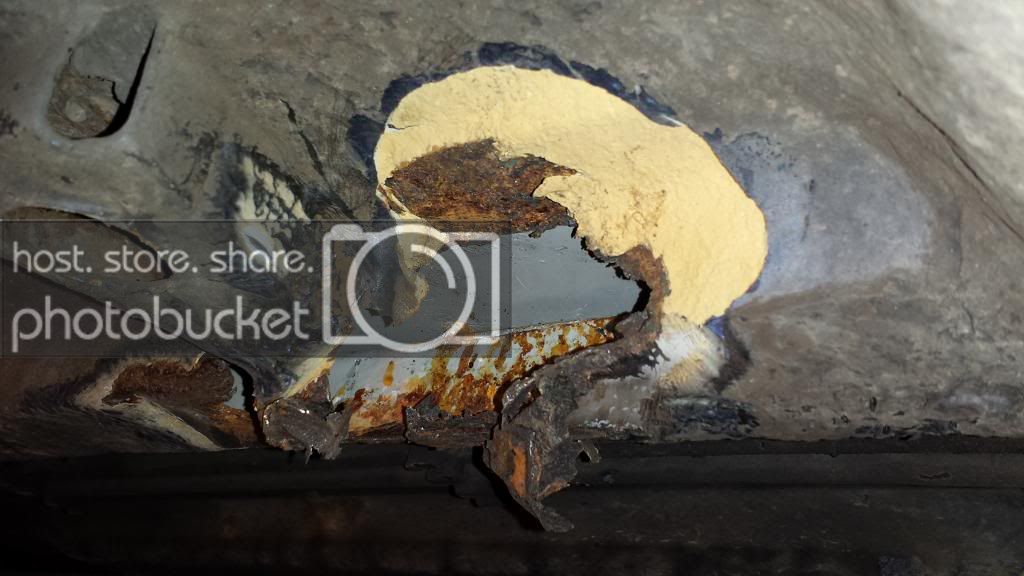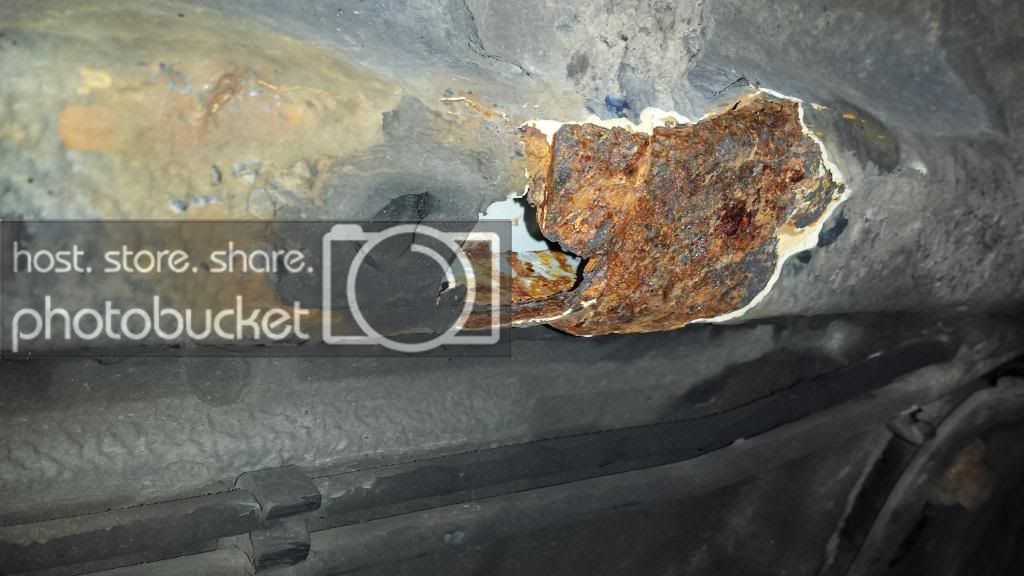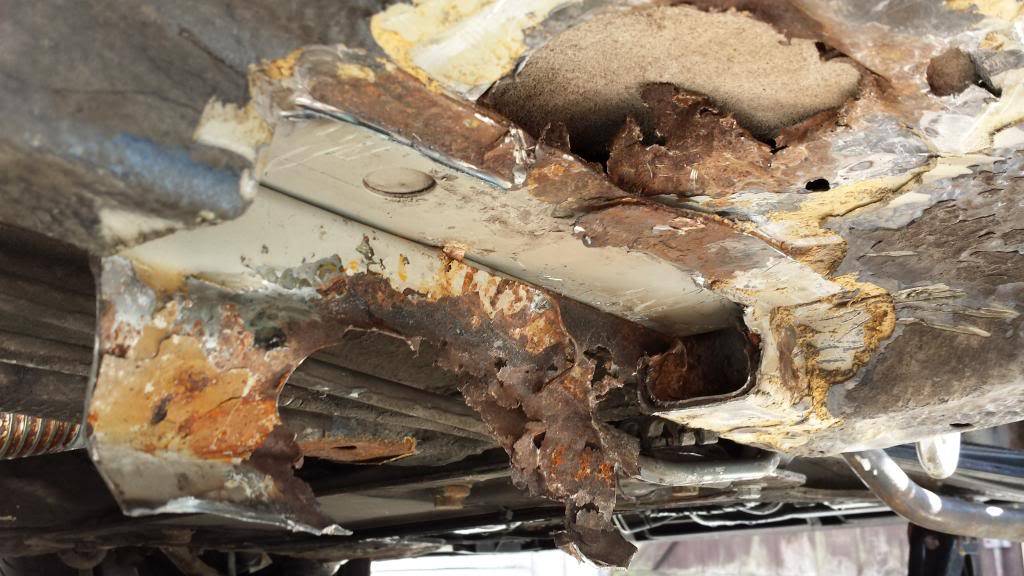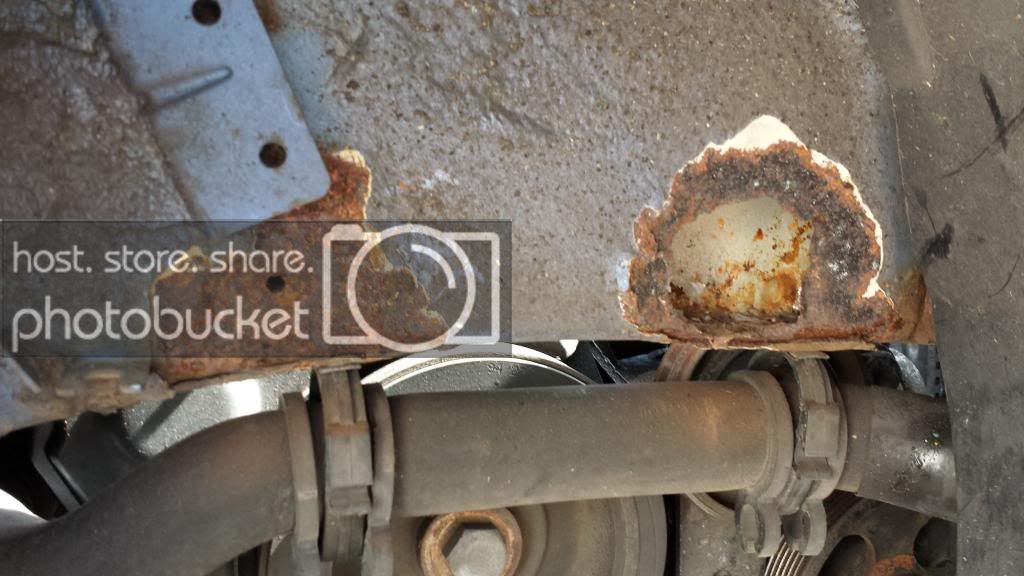Peugeot 306 Petrol Diesel 1993-2002 Haynes Service Repair Manual USED
USED Peugeot 306 Petrol and Diesel 1993 - 2002 Haynes Workshop Service and Repair ManualOther Peugeot Car Repair Manuals click herePeugeot 306 Petrol & Diesel 1993 - 2002 Haynes Owners Service & Repair Manual covers: Hatchback, Saloon/Sedan and Estate, Including Special / Limited Editions.
|
The Peugeot 306 is a small family vehicle built by the French car manufacturer Peugeot from 1993 to 2002 replacing the 309. Peugeot gave the 306 many updates and aesthetic changes to keep up the competition but it was replaced by the 307 in 2001. Estate and cabriolet versions continued until 2002. Variations were built in Argentina by Sevel (1996–2002).The 306 was developed between 1990 and 1992 ready for 1993. It was a replacement for the Peugeot 309 (which had broken with Peugeot's normal ascending numbering system partly due to it being released before the older and larger Peugeot 305 was axed).Mechanically, the 306 is virtually identical to the Citron ZX, which was launched two years before the 306: both cars use the exact same floorpan and core structure. The 306, with itan appealing Peugeot 205 derived Pininfarina styling, had been a much more successful car than its twin. The Citron Berlingo and Peugeot Partner were additionally built on the same platform. The framework utilized by the 306 and ZX was also used in the ZX's replacement, the Citron Xsara. The sharing of platforms between Peugeot and Citron has been parent organization PSA Peugeot Citron policy since the late 1970s, after the Peugeot takeover of the then bankrupt Citroen in the wake of the 1974 oil crisis. The very first car being the Peugeot 104 based Citron Citron and Visa LNA and Talbot Samba. The policy continues today throughout the Peugeot and Citron ranges. The entry level Peugeot 107, Citron C1 and Toyota Aygo though are a Toyota Design, rather than a PSA one.
The 306 was released in March 1993 as a 3- and 5-door hatchback, with saloon, cabriolet and estate models being introduced later. The property version was branded as the sw, for "station wagon". The Phase 1 model was understood as the N3 in Australia, and introduced in 1994.A bewildering array of various model types were offered during the life of the stage 1 model, including XSS, XRdt, Xd, XT, Genoa and X. Later on had been added different 'performance' designs, such as the GTI-6, S16 and XSi (petrol) as well as the D-Turbo S (diesel).All variants of the 306, with the exception of the GTI-6 and cabriolet models, were priced very competitively.
The initial petrol engines used were proven four-cylinder units, which had gained a solid reputation in Peugeot models such as the 205, 309 and 405. At first, all mainstream models were driven by derivatives of the TU series 8-valve engine, in 1.1, 1.4 and 1.6 litre guises. The 1.1 was dropped quickly, but the 1.4 and particularly the 1.6 variants sold well; the latter offering a good balance between performance and economy.Three larger-capacity units were offered, but restricted to automatic and performance models. These motors had been developments of the larger XU series devices which had been used in the 205 GTi 1.9, and larger 405 designs. A 1.8 litre version powered cars with both manual (not many 1.8 manuals were produced) and automatic transmission; while two versions of the 2.0 litre engine in 8- and 16-valve guises driven the XSi and S16 models respectively. In Australia, the only motors offered were the 1.8 and 2.0L engines.
Peugeot had an excellent reputation for its diesel engines, as well as the 306 was originally provided with the XUD series diesel engine in both usually turbocharged and aspirated forms. This engine was initially a 1769cc unit, but its capability was soon enlarged to 1905cc. The turbocharged variation quickly gained a reputation for being a good match for the exceptional handling of the 306. Not just did its outright performance match many similarly sized petrol vehicles – almost certainly a first for an affordable mainstream diesel – but the carefully created installation ensured its considerable extra weight did not upset the car's handling. The Indirect Injection XUD Diesel that uses the Ricardo Comet combustion chamber design, is popular for transformation to run on veggie oil, therefore long as the Bosch Fuel System is fitted to the engine.The familiar range of PSA powertrains drove the front wheels of a seemingly conventionally designed chassis. At the front was a standard McPherson strut layout with anti-roll bar, while the back used the PSA Peugeot-Citron fully independent trailing arm/torsion bar set up that was first introduced on the Peugeot 305 estate. However, PSA's chassis engineers applied some unusual features, including passive rear wheel steering, though less than on the ZX, (by means of specially designed compliance bushes in the rear suspension), and in-house developed and constructed shock absorbers. At high mileages this is prone to wear of the axle mounting bushes which is easily fixed. It is also prone to wear in the back axle trailing arm bearings, which then wear the trailing arm axle tubes, needing an expensive a replacement or rebuild axle assembly. The diesel and larger capacity petrol engines are canted as far back as feasible in the motor bay, in an effort to put as much weight as possible behind the front axle line, also reducing the centre of gravity, while improving weight distribution and minimising understeer.Sedan specification was marked as SN, SL, SR, and ST. The sedan model, for many motorists provided an alternative to the domination of the car markets by hatchbacks and was hailed at the time by Jeremy Clarkson amongst others.The sedan model had been compared by British motoring magazine What Car? as being an inferior "Brother" to the Peugeot 405, but this is not true to a certain degree, the 306 had a much more sophisticated suspension design, and the build quality was significantly better.This model was on sale until 2002 in European markets, but it was scrapped in 1999 for the United Kingdom market.
The 306 underwent the only major revamp of its life in May 1997, with the release of the "Phase 2" version (N5 in Australia). The fundamental shape remained the same, but lights, grille and bumpers were redesigned in an effort to deliver the styling into line with the new, more rounded, Peugeot family look established with the Peugeot 406. Indicator lamps were today integrated into the headlamp unit and the new design "block filled" Peugeot lion logo was adopted.A new-style typeface for the car's model number was used on the tailgate, removing the black plastic backing. There were also some changes to the dashboard design, including a digital odometer, and trim quality which freshened up the car in the face of increasingly stiff competition from other manufacturers. Brand new engines were also offered, with both 1.8 and 2.0 petrol engines gaining 16-valve cylinder heads together with modest power increases. At this time, the previous trim designations were replaced by L, LX & GLX for the UK market. XSi, GTI-6 and XS models proceeded as before.
Automobiles from 1998 onwards got further enhancements, including an aluminium-effect centre console on specific a chrome and versions Peugeot logo on the steering wheel. Various other updates included removal of the black strip on the bootlid and colour-coded bumpers on some designs and brand new upholstery in the cabin.Brand new models also appeared in Phase 2 trim. The Rallye was launched utilizing the mechanicals from the GTI-6, but with less standard equipment (manual cloth, house windows, mirrors and no air-con instead of alcantara and leather, front spot lights removed), making it 65 kg (143 lb) lighter than the GTI-6. It only emerged in four colours - cherry, black red and white and one only in blue - and there were only 501 produced, all of which for the UK market. The only drawback is the insurance costs as the Rallye is in group 16.The Meridian model (originally a special edition) was also re-launched in 1999 and boasted a generous equipment list including new half-leather seats, and further cosmetic upgrades to the inside.
Models from mid-1999 saw further improvements and exterior improvements, including clear lenses on the headlamps, clear and round lensed foglamps, full colour-coding of the exterior removal, trim of the black plastic strip on the lower edge of the tailgate, removal of rubber seal to rear windscreen, a redesigned tailgate rear badge, various rear wiper and new paint colours. Interior upgrades had been more small, with the gearknob becoming silver and rounder topped, while the instrument binnacle got a silver background.XS, D, XT and XSi Turbo designs all received the GTi-6's bodykit and interior styling additions. In the diesel variants, the ageing XUD motor had been replaced by the newer, much more refined HDi engine, which featured common rail injection. Some base designs made use of the DW8 normally aspirated diesel engine. Almost all models included ABS and multiple airbags as standard equipment. Rainfall sensitive automatic windscreen wipers were also standard on all but the base spec
Peugeot 306 Petrol and Diesel 1993 - 2002 Haynes Workshop Service and Repair Manual 1994 1995 1996 1997 1998 1999 2000 2001

 0 Items (Empty)
0 Items (Empty)





 >
>